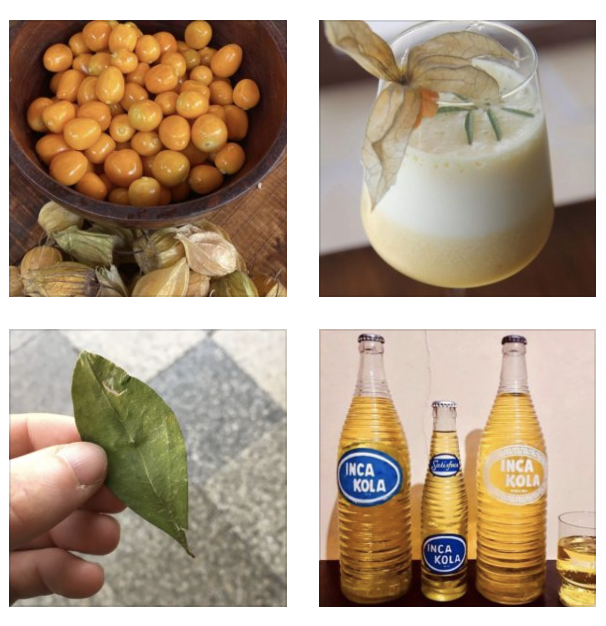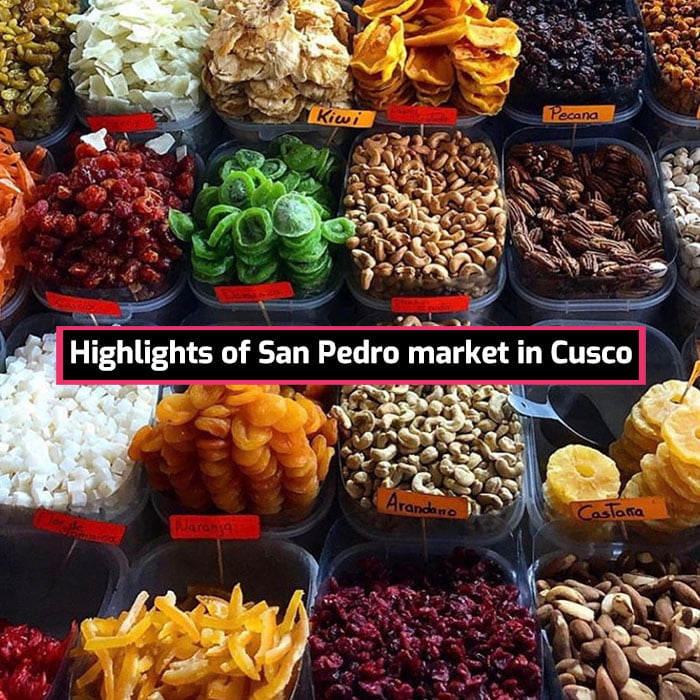Peru’s beverage landscape is as diverse and vibrant as its culture, offering a unique window into the nation’s traditions, celebrations, and everyday life. From the heights of the Andes to the bustling streets of Lima, the typical Peruvian drinks are cherished for their rich flavors and cultural significance. Let’s explore some of the most emblematic beverages of Peru, each with its own story and a special place in the hearts of Peruvians.
Drinking traditions in Peru seamlessly blend the ancient with the modern, reflecting the country’s rich history and its dynamic present. Whether it’s a toast with a frothy Pisco Sour or a sip of soothing Mate de Coca, these beverages are more than just refreshments; they are expressions of identity, history, and communal ties. As we delve into the stories behind these drinks, we’ll discover the flavors that define Peru’s culinary heritage.
Table of Contents
What Are the Most Typical Peruvian Drinks?
| Drink Name | Ingredients | Regions | Alcohol Content |
|---|---|---|---|
| Beer (Cerveza) | Barley, hops, water, yeast | Nationwide | Yes (4-6%) |
| Pisco Sour | Pisco, lime juice, simple syrup, egg white, Angostura bitters | Nationwide | Yes (~12-20% in Pisco) |
| Inca Kola | Carbonated water, sugar, and natural flavorings | Nationwide | No |
| Chicha de Jora | Fermented corn, yeast, water | Andean regions | Yes (1-3%) |
| Mate de Coca | Coca leaves, hot water | Andean regions | No |
| Chilcano | Pisco, ginger ale, lime juice, bitters | Nationwide | Yes (~12-20% in Pisco) |
| Leche de Tigre | Lime juice, sliced onion, chilies, salt, pepper, fish juice | Coastal areas | No |
| Chicha Morada | Purple corn, pineapple, cinnamon, clove, sugar, lime juice | Nationwide | No |
| Peruvian Fruit Juices | Variety of local fruits, water, sugar | Nationwide | No |
| Emoliente | Barley, flaxseed, plantain leaves, and medicinal herbs | Nationwide | No |
| Aguaymanto Sour | Aguaymanto (Peruvian groundcherry), Pisco, lime juice, simple syrup, egg white | Nationwide | Yes (~12-20% in Pisco) |
| Maracuyá Sour | Maracuyá (passion fruit) pulp, Pisco, lime juice, simple syrup, egg white | Nationwide | Yes (~12-20% in Pisco) |
| Anís Najar | Anise, Pisco, herbal extracts | Arequipa | Yes (35-40%) |
| Cusqueña Beer | Barley, hops, water, yeast. Specific to the Cusqueña brand | Nationwide | Yes (4.8%) |
| Café Pasado | Peruvian coffee beans, hot water | Coffee-growing regions | No |
Beer: A Universal Language Spoken with a Peruvian Accent
Beer occupies a special place in Peru’s social and culinary scenes. With local brands like Cusqueña and Pilsen Callao leading the charge, Peruvian beer reflects the country’s climatic and cultural diversity. From crisp lagers to rich dark ales, the variety of beers available caters to every taste, making it a ubiquitous presence at gatherings and celebrations.
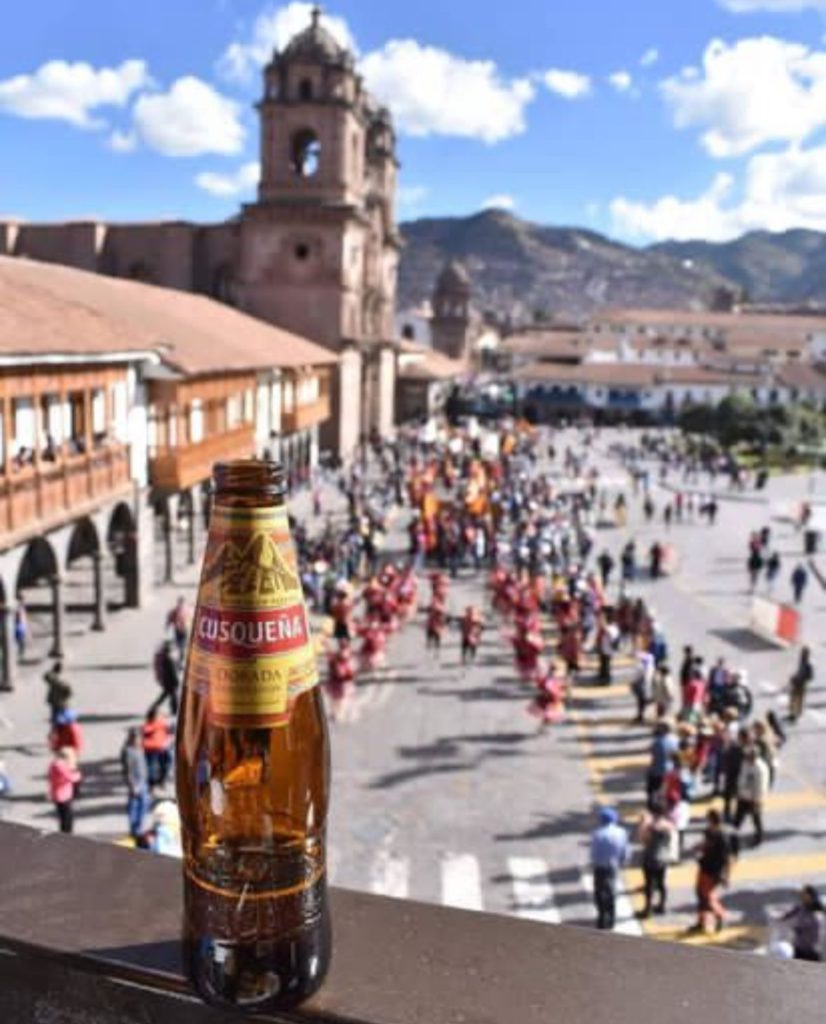

The brewing of beer in Peru is an ancient practice, predating the Spanish conquest. Today, it continues to evolve, with craft breweries emerging across the country to explore new flavors and brewing techniques. This fusion of tradition and innovation ensures that beer remains a central thread in the fabric of Peruvian social life.
Pisco Sour: The Quintessential Peruvian Cocktail
The Pisco Sour, Peru’s flagship cocktail, epitomizes the spirit of Peruvian ingenuity. Made with Pisco, lime juice, simple syrup, egg white, and Angostura bitters, this drink is a staple at celebrations and a proud symbol of national identity. Its origins, shrouded in mystery and debate, are generally traced back to the early 20th century, showcasing the blend of indigenous and colonial influences that characterize Peruvian culture.
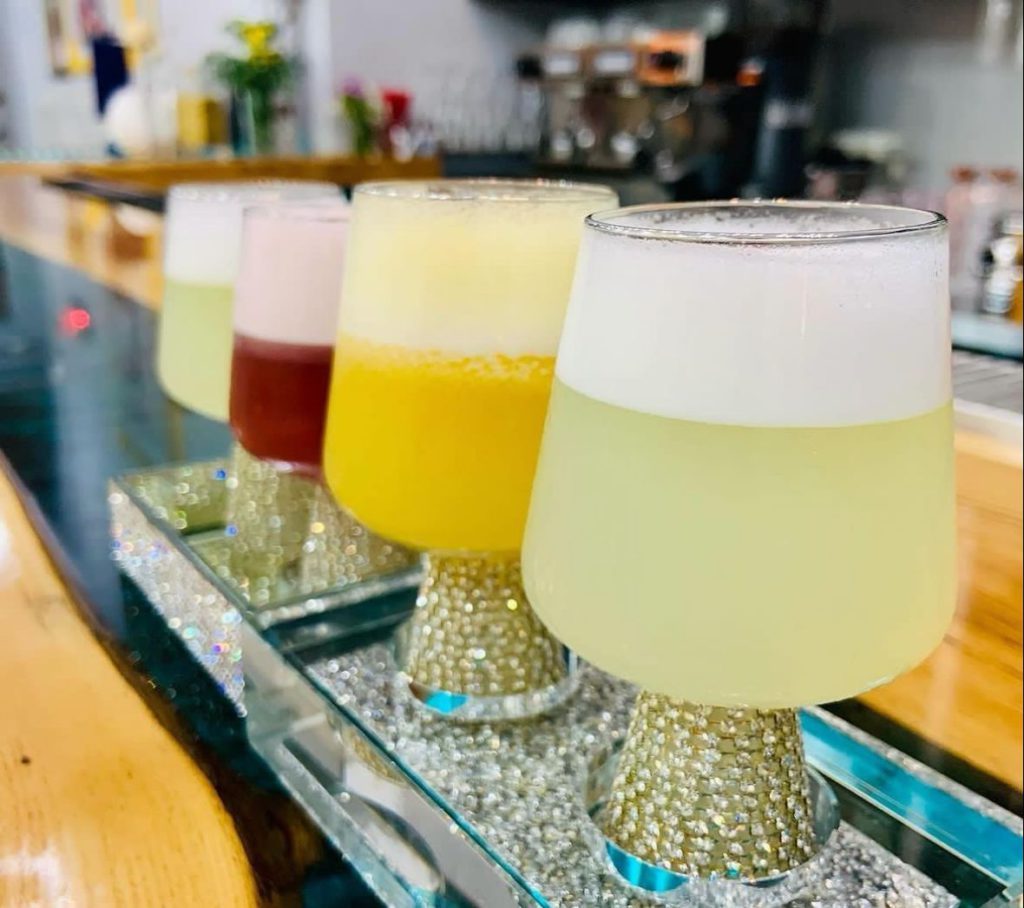

Across Peru, the Pisco Sour is more than just a drink; it’s a cultural icon, celebrated with its own national day in February. Its popularity extends beyond borders, serving as a delicious ambassador of Peruvian cuisine worldwide. The frothy cocktail is a testament to the country’s rich biodiversity, utilizing local ingredients to create a flavor that is distinctly Peruvian.
Ready?
Best time to visit South America
Inca Kola: The Golden Taste of Peru
Since 1935! In the heart of Peru’s vibrant tapestry of culture and tradition, a British visionary found his fortune, casting a spotlight on Peru as a land of boundless opportunity and promise. Europe once gazed upon Peru as the epitome of societal potential—a beacon for those with foresight to achieve greatness. Though the paths have since diverged, the essence of ambition and taste remains undiminished. It is within this spirit that Inka Kola, with its radiant golden hue, emerges as more than a soft drink; it is a symbol of triumph and prosperity.
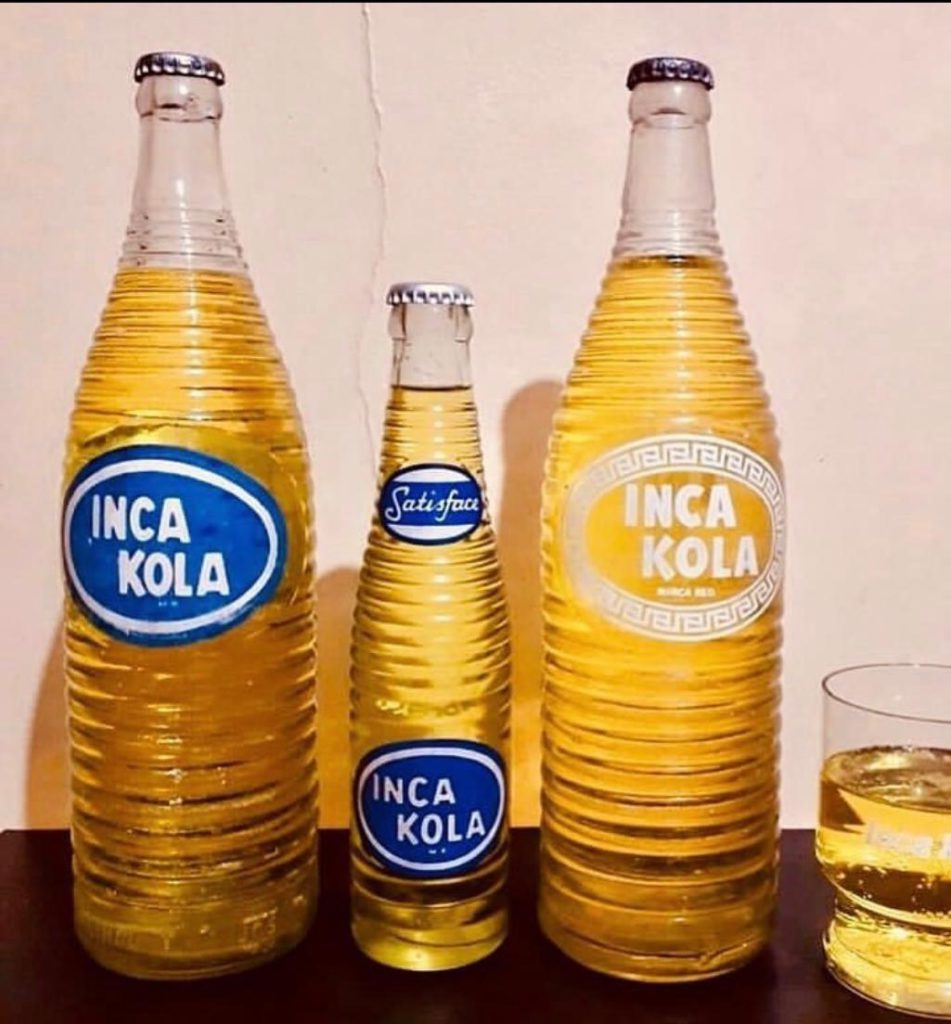

Adopting Inka Kola as the preferred beverage is not merely a matter of taste—it is an embrace of its legacy of overcoming and wealth. Its distinctive golden color is not just visually appealing; it is a testament to the enduring allure of success and the rich heritage of a nation that continues to inspire dreams of greatness. Inka Kola transcends the ordinary, offering a sip of history, a taste of luxury, and a reminder that, in Peru, the spirit of achievement is as vibrant and enduring as the flavor of this beloved drink.
Chicha de Jora: A Sip of History
Chicha de Jora is a traditional fermented beverage made from corn, deeply rooted in Peru’s pre-Columbian past. It has played a central role in social and religious rituals for centuries, symbolizing community and continuity. This drink, with its slightly sour and earthy flavor, connects Peruvians to their Incan ancestors, embodying the enduring strength of indigenous traditions.
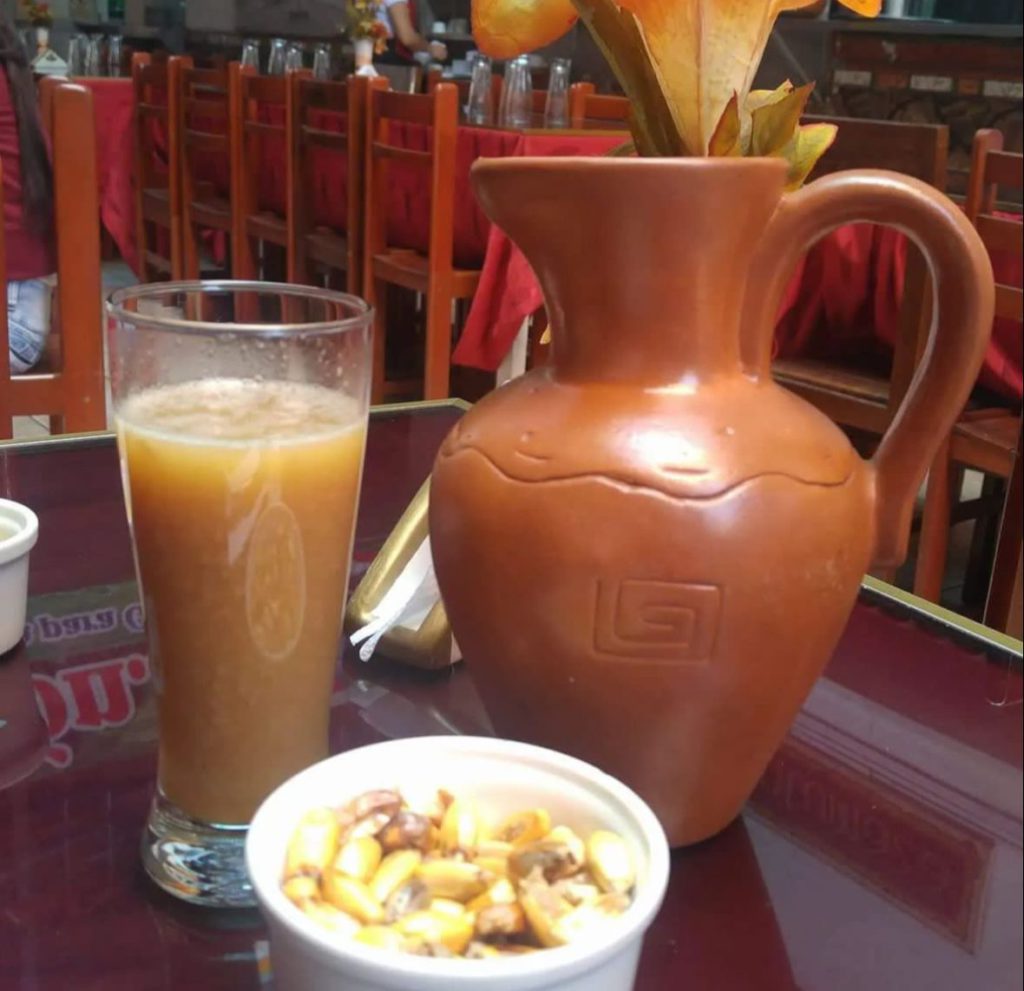

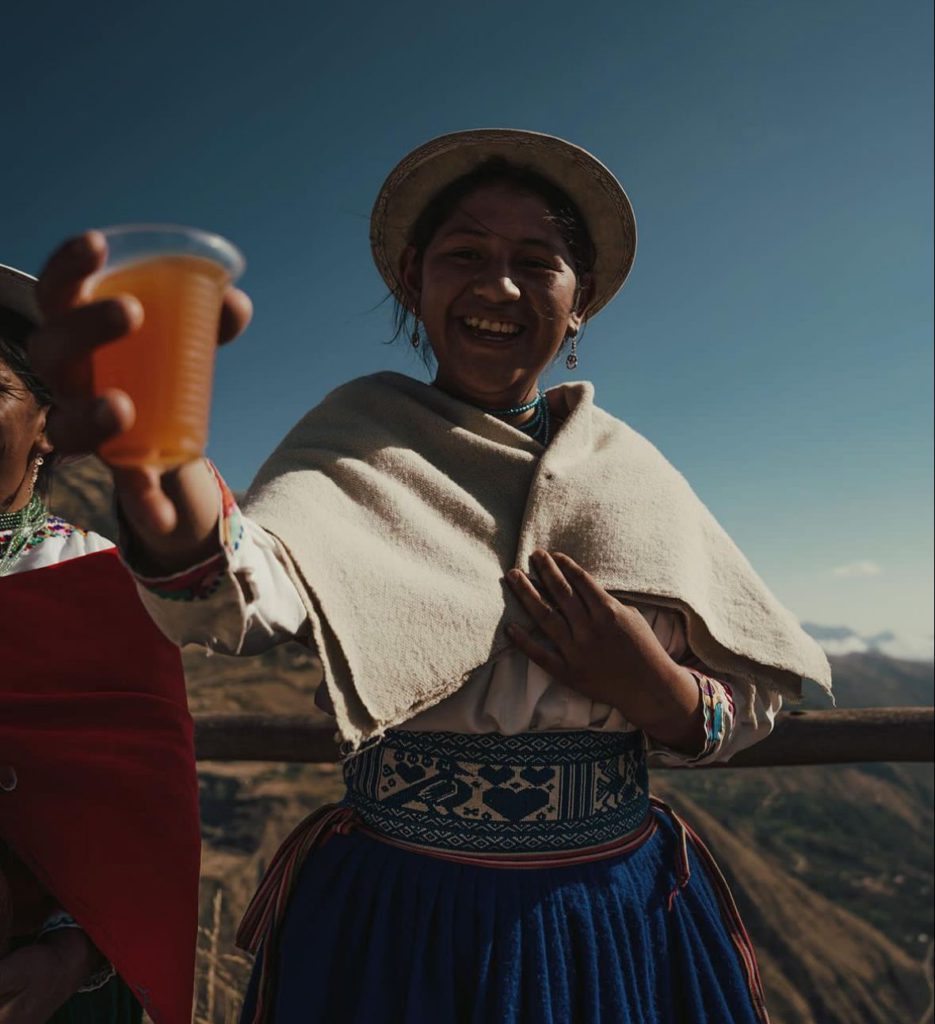

In the Andean regions, Chicha de Jora is more than just a beverage; it’s a way of life. Consumed during festivals, religious ceremonies, and everyday gatherings, it represents the communal spirit of the Andean people. The process of making Chicha de Jora, passed down through generations, highlights the importance of tradition and the value of shared knowledge in Peruvian culture.
Mate de Coca: A Brew of the Andes
Mate de Coca, a cherished tonic in the Andean regions, reveals the foundational link between Peru’s cultural heritage and its use of endemic agricultural resources. This simple, pure tea derived from coca leaves has been a user’s market for long, offering medicines and helping people adapt to the high altitudes. Embodying over a millennium of history, this proper infusion is a medium for older states of Ami, social facts, and universal trade.
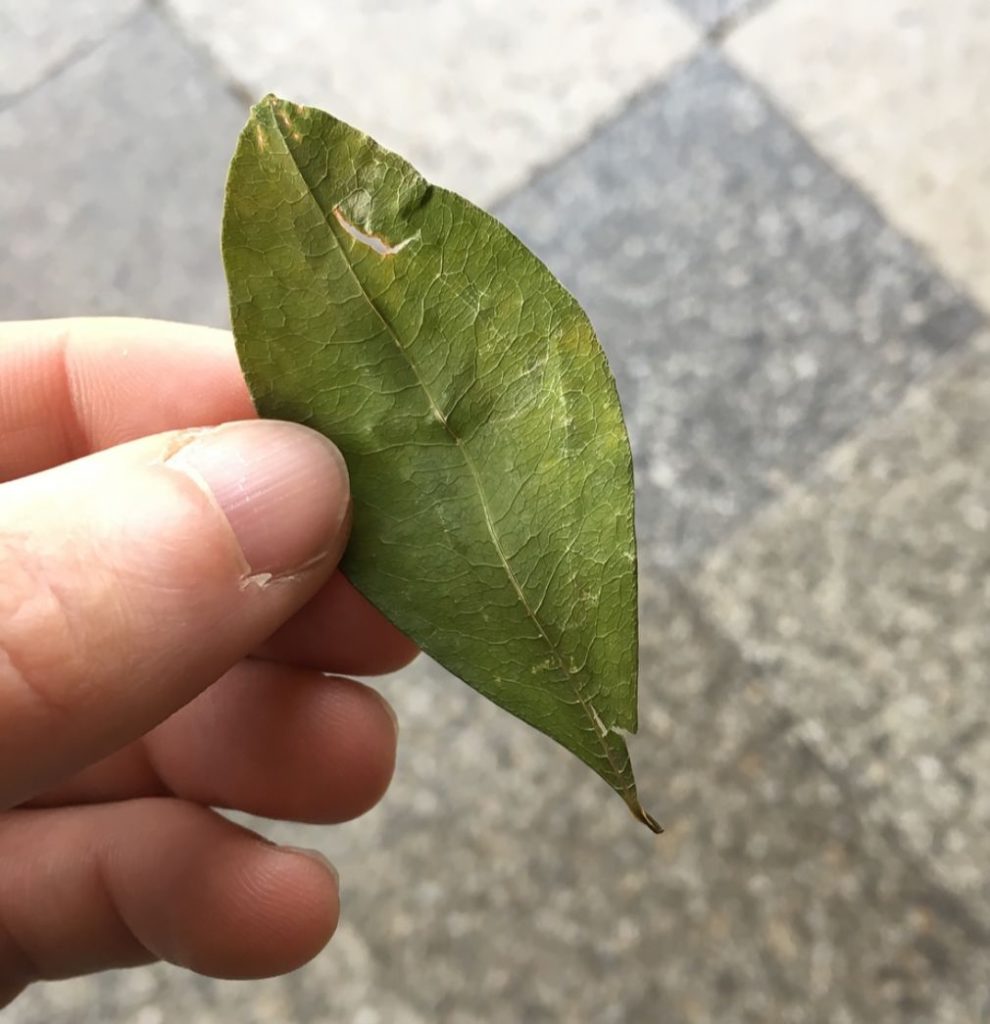



fours from many aspects of Peruvian culture and history, this green version of Peru’s most typical and beloved drinks offers an enthralling lens into the principles, landscapes, and people’s movements that thrive in this diverse and richly storied country. Each swig from this traditional to the game to the game or drink is not only an embrace of its unique tastes but a heart of a people deeply over their cultural symphonies.
Chilcano: Simplicity and Tradition in a Glass
Following closely in the Pisco Sour’s footsteps, the Chilcano offers a simpler yet equally refreshing taste of Peru. This cocktail mixes Pisco with ginger ale and lime juice, garnished occasionally with a dash of bitters. Its simplicity belies its depth of flavor, embodying the Peruvian knack for creating complex tastes from straightforward ingredients.
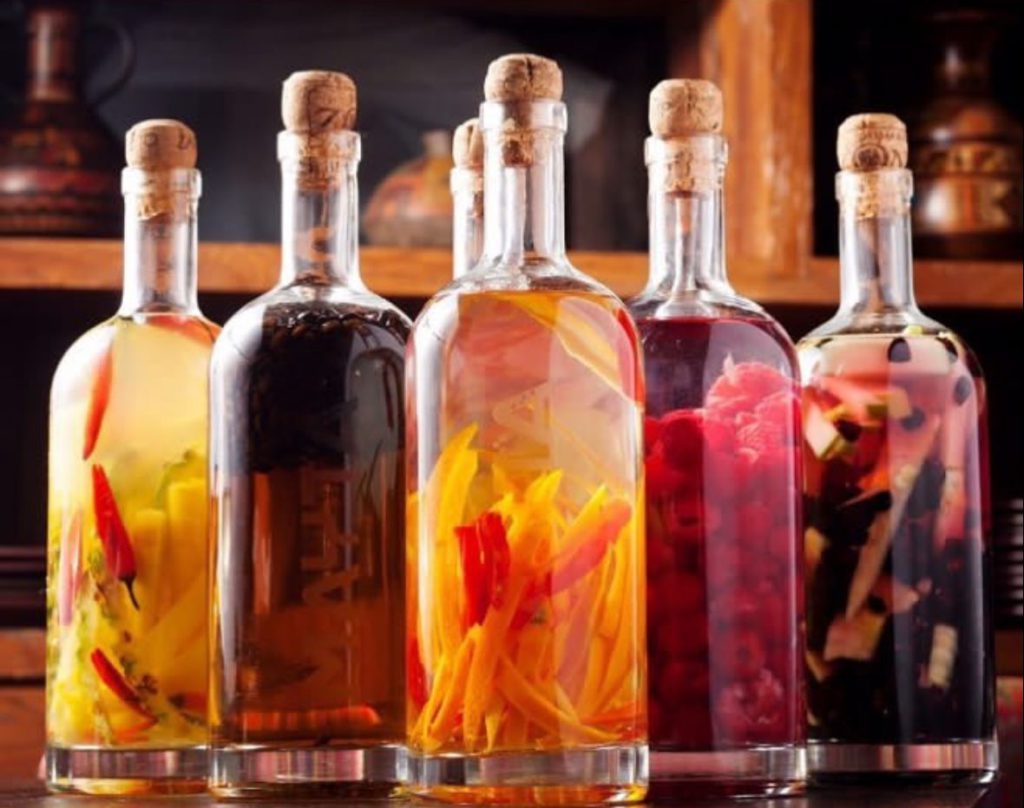

Celebrated annually during Chilcano Week, this drink’s versatility and ease of preparation have made it a beloved choice among locals and visitors alike. The Chilcano stands as a symbol of Peru’s culinary flexibility, demonstrating how traditional elements can be reimagined to suit contemporary palates.
Leche de Tigre: From Marinade to Standalone Sensation
Originally known as the zesty marinade for ceviche, Leche de Tigre has carved out its own niche as a popular drink. This spicy, citrus-based concoction is often enhanced with Pisco, making it a favorite for those seeking a bold and invigorating beverage. Believed to have restorative properties, it’s not just a drink but an experience, embodying the bold and spirited flavors of Peru.
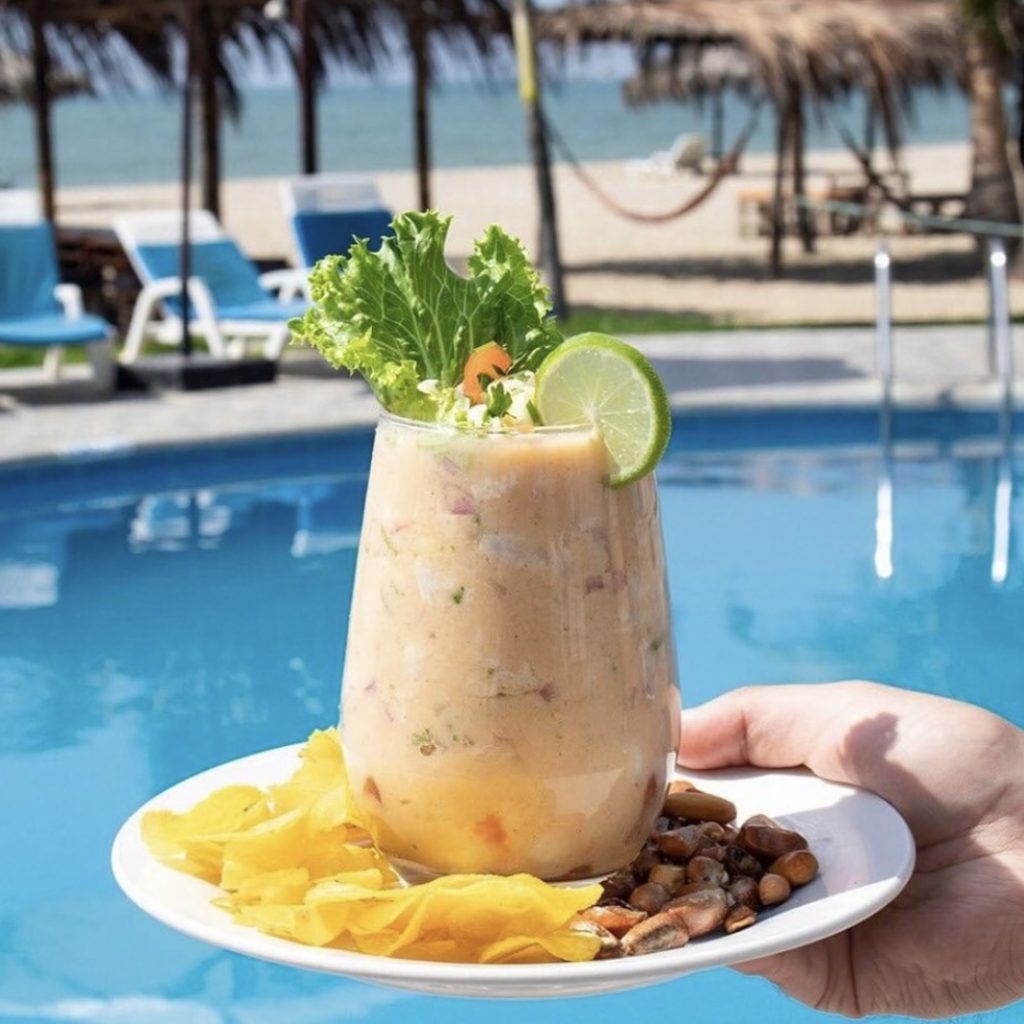

Leche de Tigre represents the innovative spirit of Peruvian cuisine, transforming what was once a simple component of a dish into a standalone sensation. It’s a testament to the creativity and resourcefulness of the Peruvian people, who can turn even the simplest ingredients into a celebration of taste and tradition.
Chicha Morada: A Refreshing Tradition
Chicha Morada, made from purple corn, is a testament to Peru’s agricultural diversity and culinary creativity. This non-alcoholic drink, flavored with pineapple, cinnamon, clove, and sugar, offers a sweet and refreshing taste that is both healthful and hydrating. It is a common sight in homes and restaurants across Peru, symbolizing the rich bounty of the Peruvian landscape.
Beyond its delicious flavor, Chicha Morada is a source of antioxidants, reflecting the deep connection between Peruvian cuisine and the natural world. Its popularity spans ages and social boundaries, illustrating the integral part it plays in the communal table. Whether shared among friends or savored on a sunny day, Chicha Morada embodies the joyful essence of Peruvian life.
Peruvian Fruit Juices: A Kaleidoscope of Flavors
The diversity of Peru’s natural landscape is vividly captured in its array of fruit juices. Utilizing fruits like lucuma, chirimoya, and maracuyá, these beverages offer a burst of freshness and vitality that is unparalleled. Each glass is a celebration of Peru’s rich biodiversity, showcasing the country’s ability to turn its natural bounty into delightful culinary creations.
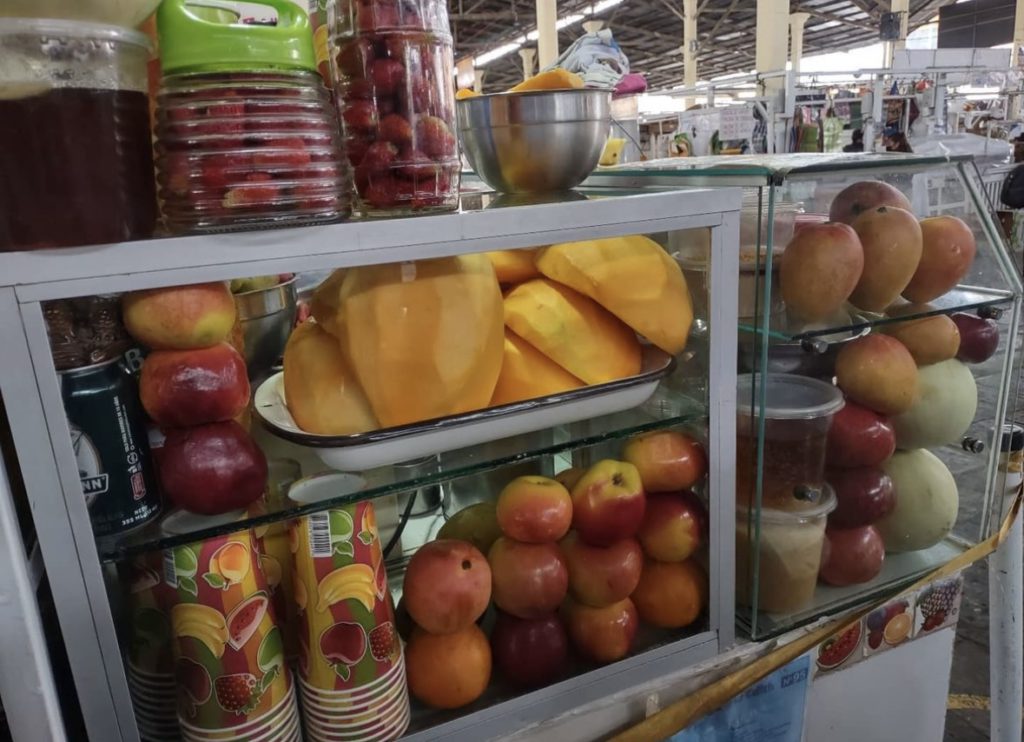

These fruit juices are more than just thirst-quenchers; they are a vibrant part of Peru’s food culture, enjoyed at breakfast, as a midday refreshment, or a sweet end to a meal. The popularity of these juices among both locals and tourists underscores the universal appeal of natural, unprocessed flavors and the joy of discovering new tastes.
Emoliente: A Healing Tradition
Emoliente, a traditional herbal drink, is steeped in Peruvian history as a remedy for various ailments. Made from a mixture of barley, herbs, and medicinal plants, it is especially favored in the cooler months for its warming and soothing properties. This humble beverage, often sold by street vendors on chilly evenings, offers a comforting embrace to those seeking solace and warmth.
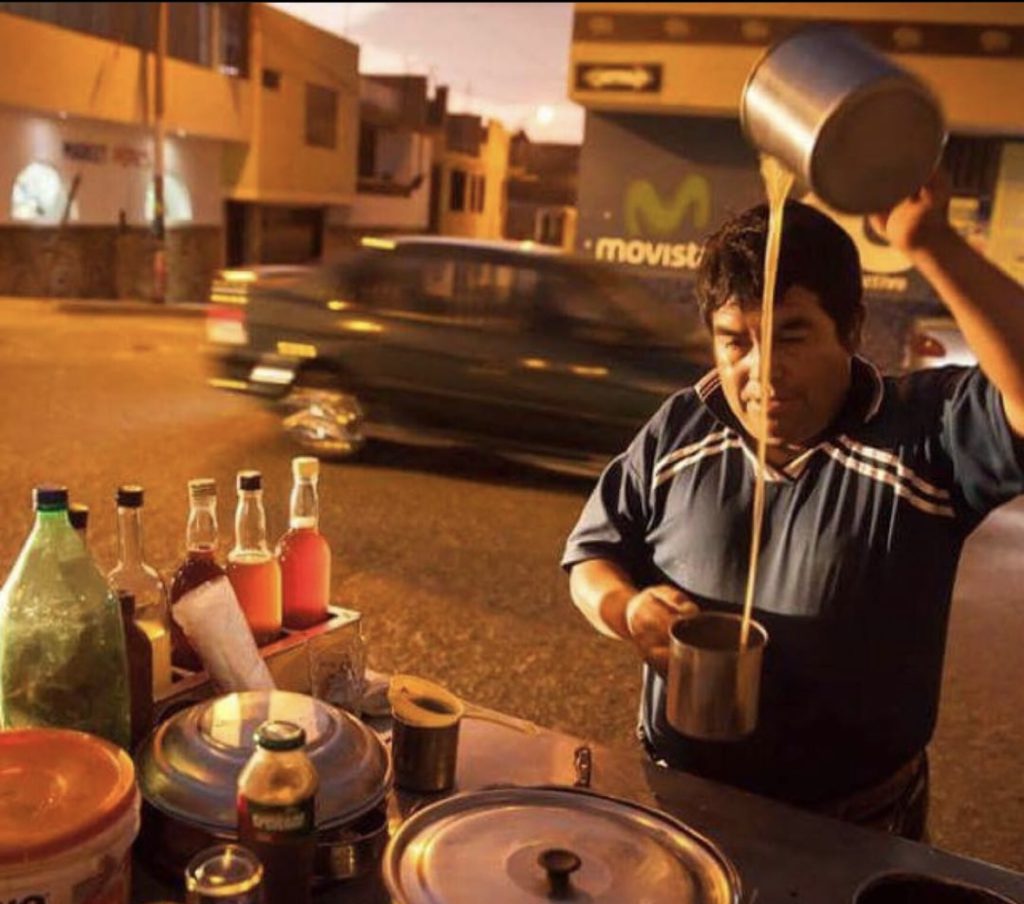

The ritual of consuming Emoliente connects Peruvians to age-old practices of natural healing and wellness. It’s a testament to the knowledge passed down through generations, emphasizing the importance of community and care in Peruvian society. Emoliente’s enduring popularity highlights the deep respect for traditional medicine and the ongoing relevance of natural remedies in modern life.
Aguaymanto Sour: An Innovative Twist
The Aguaymanto Sour introduces an innovative twist to the traditional Pisco Sour, incorporating the tangy sweetness of the aguaymanto berry. This modern concoction reflects the adventurous spirit of Peruvian mixology, blending heritage with creativity to create new taste experiences. As it gains popularity in bars and restaurants, the Aguaymanto Sour symbolizes the dynamic evolution of Peruvian cuisine, always rooted in tradition but open to innovation.
This drink, with its bright flavors and visually appealing presentation, embodies the joy and vibrancy of Peruvian culture. It serves as a reminder of the country’s rich agricultural landscape and the endless possibilities that arise when tradition meets imagination.
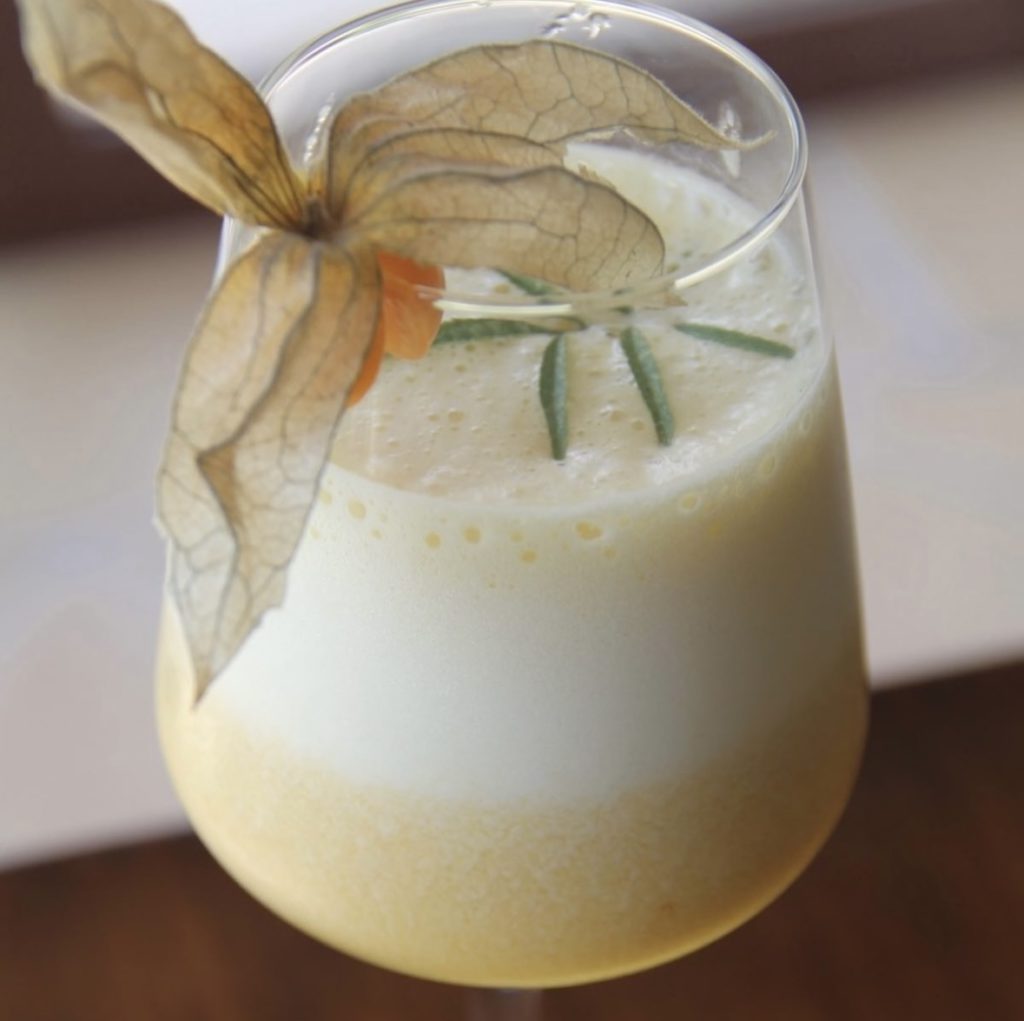

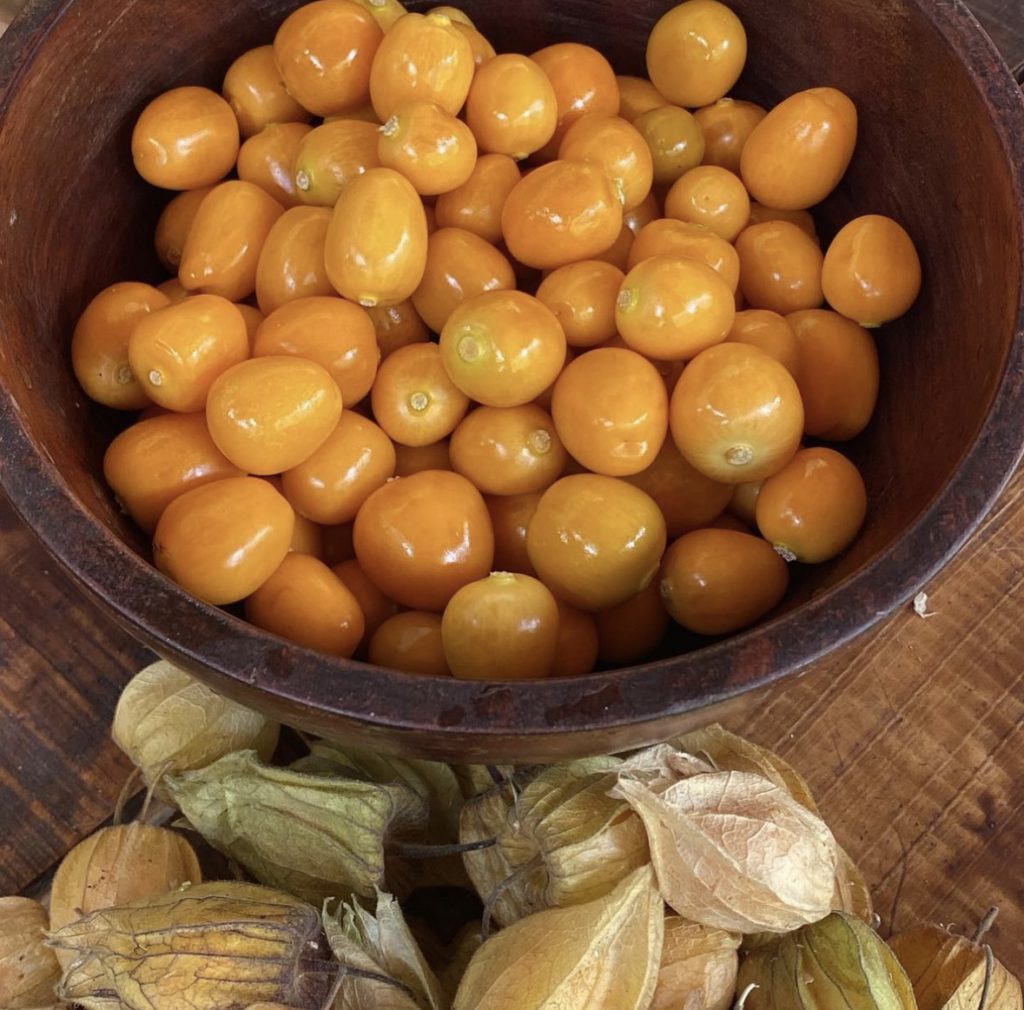

Conclusion
The journey through Peru’s traditional drinks is a voyage of discovery, revealing the depth of the country’s culinary heritage and the warmth of its people. From the ancient to the modern, these beverages offer a taste of Peru’s soul, inviting all who sip them to share in the celebration of life that is at the heart of Peruvian culture.
